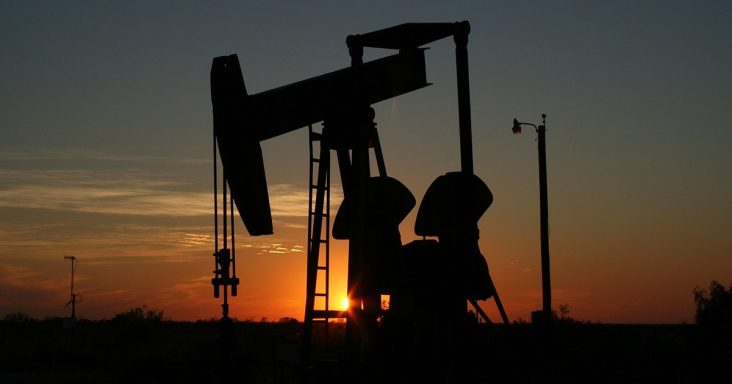Oil prices to increase amid OPEC production cuts
by June 6, 2023 2:19 pm 1,376 views

Crude oil prices are expected to rise and inventories to fall as OPEC looks to extend production cuts through 2024, according to the U.S. Energy Information Administration (EIA). Also, Saudi Arabia has plans to reduce production by an additional 1 million barrels per day in July.
The EIA released Tuesday (June 6) the June Short-Term Energy Outlook that shows international benchmark Brent crude oil prices to average $79 per barrel in the second half of 2023 and $84 per barrel in 2024 — an increase of $1 and $9 per barrel, respectively, from EIA’s May projections.
The planned production cuts are projected to lead to a decline in crude oil inventories. The draws are expected to put upward pressure on prices. Despite the cuts, EIA expects overall growth in global oil production in 2023 and 2024. The production rise will be led by non-OPEC countries.
Global consumption of liquid fuels, such as gasoline and jet fuel, is expected to rise to record levels in 2023 and 2024. The increase will be largely driven by countries, especially China, that are not members of the Organization for Economic Co-operation and Development.
“We expect to see demand for travel continue to increase, which drives our forecast for record consumption of petroleum products,” said EIA Administrator Joe DeCarolis. “The petroleum market remains highly uncertain, so we will continue monitoring developments and tracking supply and demand dynamics.”
U.S. crude oil production is expected to reach annual record highs in 2023 and 2024; however, the production growth is slowing. This might be attributed to the use of capital to increase dividends and repurchase shares instead of new production investments, the effects of a tight labor market and higher costs, and increased pressure on oilfield supply chains.
However, production in the Permian Basin, which spans New Mexico and Texas, is projected to rise in the short term.
“Drilling in the Permian Basin typically produces a blend of hydrocarbons that includes crude oil and natural gas,” DeCarolis said. “So as producers increase their crude oil production in the region, we expect natural gas production to increase as well.”
The production rise in the Permian Basin is expected to largely offset decreases in natural gas production in other U.S. regions. New gas-only drilling is declining as natural gas prices fall. The prices at benchmark Henry Hub are about 70% lower than the 2022 peak. As of April, U.S. dry natural gas production was expected to reach a record average of 104 billion cubic feet per day and remain slightly below that level for the remainder of 2023.
Following are other highlights from the June outlook:
- Electricity produced by solar power is expected to rise by 24% this summer compared to the same season last year. The rise can be attributed to an increase in solar capacity. Solar has been the leading source of new electricity generating capacity so far this year.
- Wholesale electricity prices in the eastern half of the United States are projected to be about 50% lower in 2023 as a result of lower natural gas prices. However, the Northwest, Southwest and California could experience wholesale price spikes this summer because of limited power supply during peak demand.
